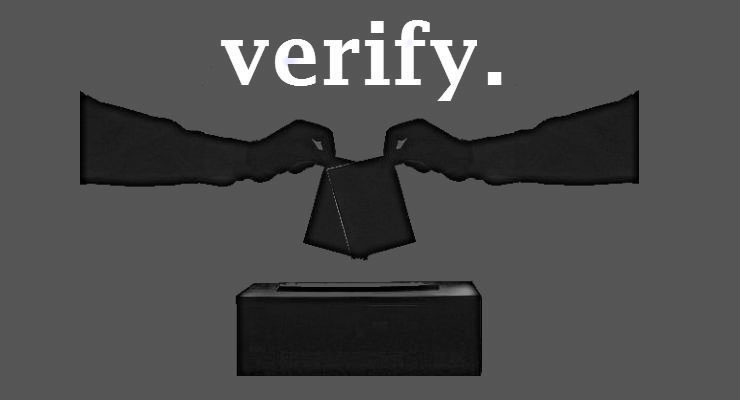
The state of Georgia has been using so-called Direct Recording Electronic (DRE) Systems to record votes with a touch-screen but the system in use has absolutely no paper trail. Unverified vote counting has become a big political issue in the ongoing race for governor and the war of words has ignited between two Republican candidates, Lieutenant Governor Casey Cagle and Georgia Secretary of State Brian Kemp. The following excerpt is from an article written by Greg Bluestein from the Georgia-based the Atlanta Journal-Constitution. Take a look:
A growing number of lawmakers have recently pushed for paper backups to ballots and other new safeguards, worried that a system once considered state-of-the-art is now vulnerable to security risks and hobbled by buggy software. The state’s 27,000 touch-screen machines now leave no paper record of how people voted, making it impossible to audit elections for accuracy. The machines use the Windows 2000 operating system, which is no longer supported by Microsoft.
The legislation, introduced by state Rep. Scot Turner, R-Holly Springs, with bipartisan support, would replace the touch-screen machines with new voting equipment — primarily optical scanning machines to read paper ballots. It would cost at least $25 million, and Deal’s budget proposal doesn’t include funding for the plan.
Georgia Lieutenant Governor Casey Cagle was recently quoted on paper ballots saying, “I think it is important that we have a paper ballot trail that ensures that accuracy is there, and that there are no games that potentially could be played.” The DRE systems are in use around the country but not all of these produce no paper trail. According to a definition of DRE systems by the Verified Voting Foundation:
DRE systems employ computers that record votes directly into the computers’ memory. These interfaces may incorporate touchscreens, dials, or mechanical buttons. The voter’s choices are stored by the computer on a cartridge or hard drive. Some DRE systems are also equipped with a printer, which the voter may use to confirm his or her choices before committing them to the computer’s memory. The paper records can be preserved to be tabulated in case of an audit or recount.
Finally, much recommended is this hour and fifteen minute long discussion on voting technology from Tech@State, “a series of quarterly conferences run by the U.S. Department of State that bring together individuals in the technology sector and foreign policy experts with the aim of exploring new ways of incorporating technologies into diplomacy and development”.
Moderating the panel discussion is Michael McNulty, from the National Democratic Institute. Panelists include such experts as Michael Alvarez of the Caltech/MIT Voting Technology Project, Doug Chapin of the University of Minnesota, Ben Goldsmith of the International Foundation for Electoral Systems and Dan Nolan of Scytl, a leader in the business of electoral security technology. The video has the following summary:
Electronic voting and counting technologies are increasingly being used or considered around the world. This includes touch screen “direct recording” electronic voting machines, internet voting, and optical scan machines, mobile voting, as well as biometric voter registration and verification. While the use of these technologies can bring benefits, they have also been met with concerns. This panel will explore recent experiences and challenges with e-voting, how electoral officials have managed these challenges, and how election observers are adapting their methods to monitor these technologies.
Watch the full video below:
Be sure to also check out the Democracy Chronicles Election Technology section and our articles on Technology Dissidents, the Internet and Voting or Voting Machines.
Leave a Reply